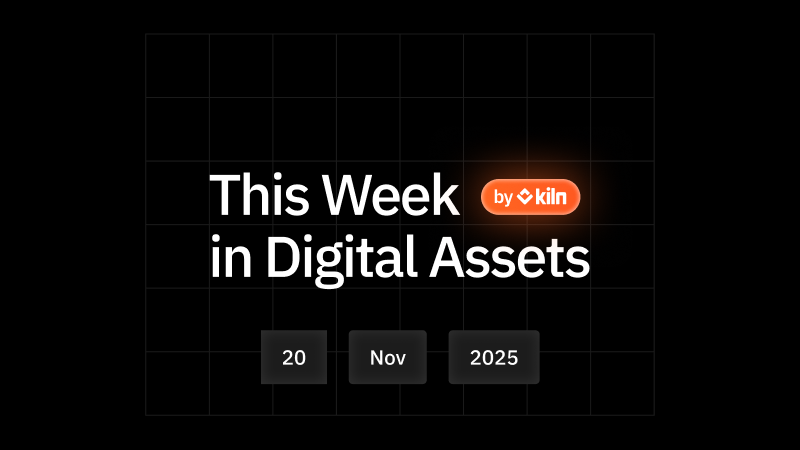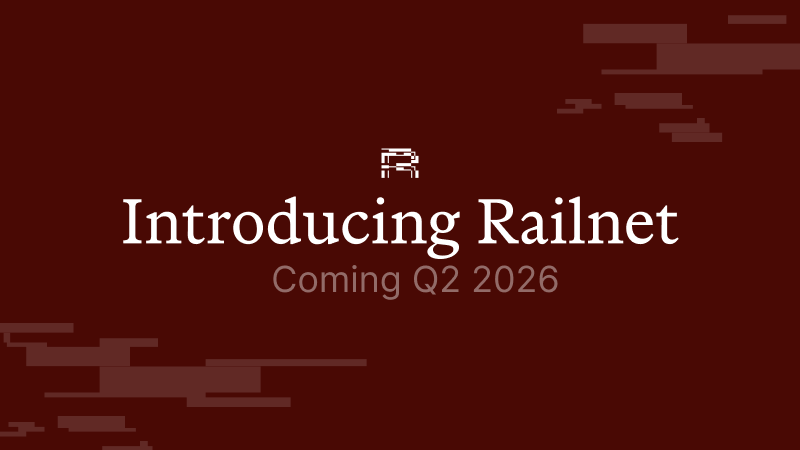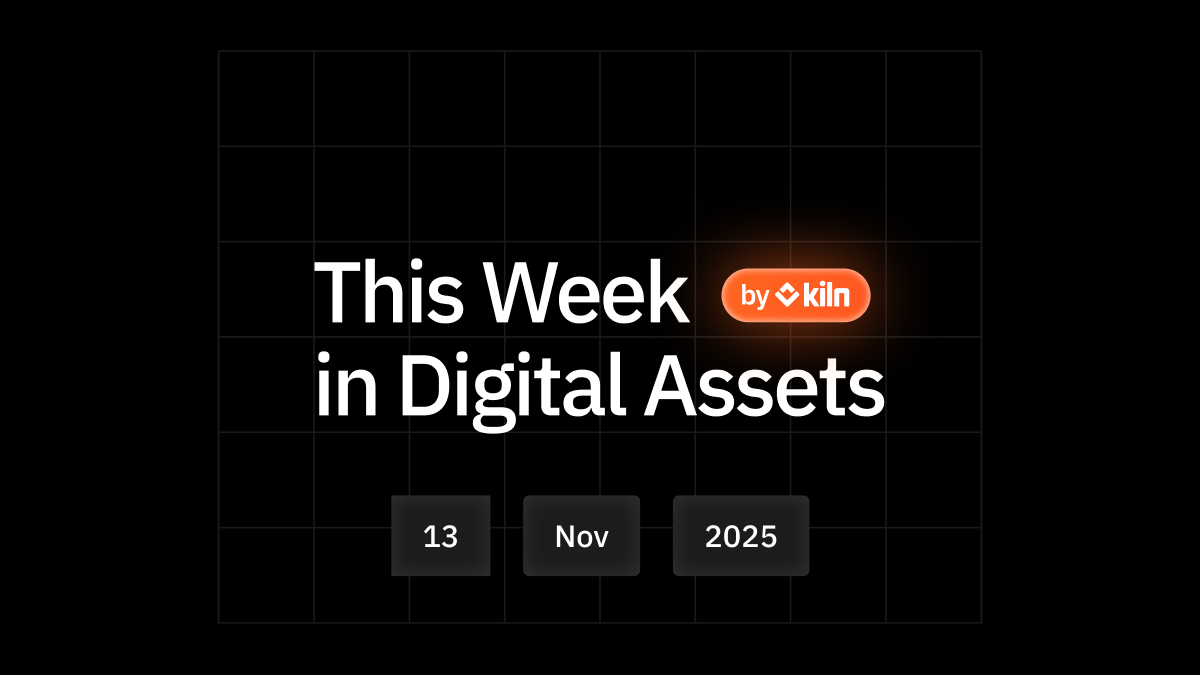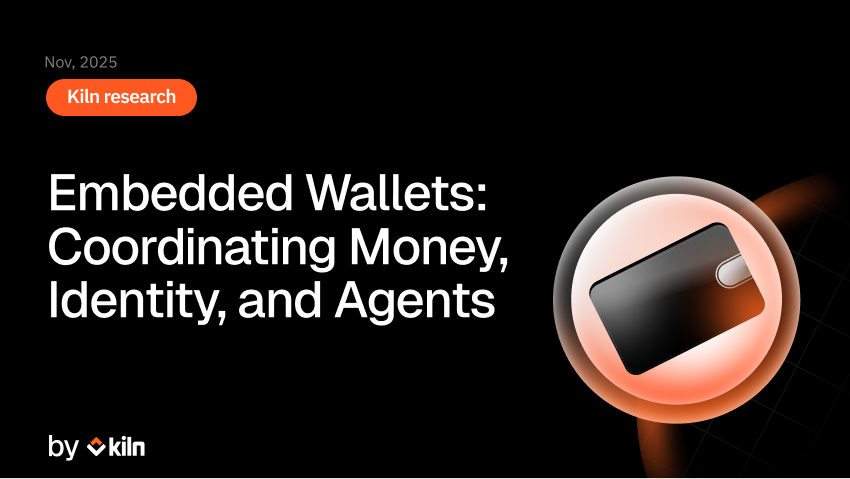The Merge is the next big upgrade of the Ethereum protocol. It will replace the current Proof-of-Work (PoW) consensus by Proof-of-Stake (PoS), which will make the network 99.95% more energy-efficient and more decentralized.
When will the Merge be live?
The Merge launch is expected around September 15th, you can check our post about Why nobody can know the exact date of The Merge. With it, new rewards will be available for stakers. There will be 2 types of rewards after the Merge:
- Consensus-level rewards, earned through the activity of the validators on the network (submitting attestations and proposing blocks), and locked on the Beacon chain, the consensus-layer post-Merge. Stakers won’t yet be able to withdraw their stake or consensus-layer rewards nor their stake locked on the Beacon chain.
- Execution-level rewards (new), earned when the validator proposes a block (currently between 6 and 7 times a year on average). These rewards are composed of a percentage of transaction fees, and tips. The execution level rewards are liquid, which means that they are received on an Ethereum address, usually the one used to stake during the deposit phase. If the validator proposes a block with MEV, those rewards can have a great impact on the total APY.
After the Merge, stakers will earn more rewards and receive part of them as liquid rewards.
How will the economics change?
Dynamic deflation
In Proof-of-Work Ethereum, the network emits 2 ETH for every block mined. To compensate for this inflation, EIP-1559 introduced a burning mechanism of a part of the transaction fees. The higher the network usage, the more fees were burnt.
After The Merge, the 2 ETH issuance will be removed and the network will start to have an inflation/deflation equilibrium:
- If the network has high congestion, the base fee will be higher for transactions and therefore more ETH will be burnt. At certain points, more ETH will be burnt than ETH issued. This will make the supply deflationary.
- If the network has low congestion, the base fee will be smaller for transactions and therefore less ETH will be burnt. At certain points, less ETH will be burnt than ETH issued. This will make the supply inflationary.
Evolution of staking rewards

By including both the Consensus-level and Execution-level rewards, the APY of ETH staking can increase up to 7-9%. The increase of the expected APY and the liquidity of Execution-level rewards, will incentivize more stakers to stake their ETH. This may increase the price of ETH as less supply is available on the market, driving the price of ETH up, further incentivizing more staking.
When more validators are running on the network, the chance to propose a block diminishes for a single validator. If there is greater adoption of ETH staking in the future, we can expect consensus level rewards to be lower.
At the time of this post, 10.79% of the total ETH supply is staked. We can expect this number to increase steadily once withdrawals are enabled.
What will happen after the Shanghai upgrade?
The next step after the Merge is the Shanghai upgrade, which should be live by Q1 or Q2 2023 (current projection). This new network upgrade will allow new mechanisms for staker rewards, in particular, the withdrawal of consensus-level rewards.
There will be 2 types of operations:
- Unstaking, where the staker will be able to stop their validator on the protocol level and retrieve stake and consensus level rewards.
- Skimming, which will enable the staker to only withdraw consensus level rewards on their Ethereum address.
After the Shanghai upgrade, there will no longer be an infinite lock up period for Ethereum stakers, which creates more flexibility for the stakers.
About Kiln
Kiln is the leading enterprise-grade staking platform, enabling institutional customers to stake assets, and to whitelabel staking functionality into their offering. Our platform is API-first and enables fully automated validators, rewards, and data and commission management. With over $2.2b stake under management, Kiln has a particularly strong track record on Ethereum as we run about 3% of the network; this includes 22,000+ validators with 0 slashing events.
Want to stake your ETH? Contact our sales team
Thanks @pwnh4
Sources
- Staking rewards, ethereum 2.0
- Staking rewards, the ultimate ethereum 2.0 guide
- Eth hub, Eth 2.0 Economics
- Eth projections from Justin Drake of the Ethereum foundation
About Kiln
Kiln is the leading staking and digital asset rewards management platform, enabling institutional customers to earn rewards on their digital assets, or to whitelabel earning functionality into their products. Kiln runs validators on all major PoS blockchains, with over $11 billion in crypto assets being programmatically staked and running over 5% of the Ethereum network on a multi-client, multi-cloud, and multi-region infrastructure. Kiln also provides a validator-agnostic suite of products for fully automated deployment of validators and reporting and commission management, enabling custodians, wallets, and exchanges to streamline staking or DeFi operations across providers. Kiln is SOC2 Type 2 certified.








.png)









